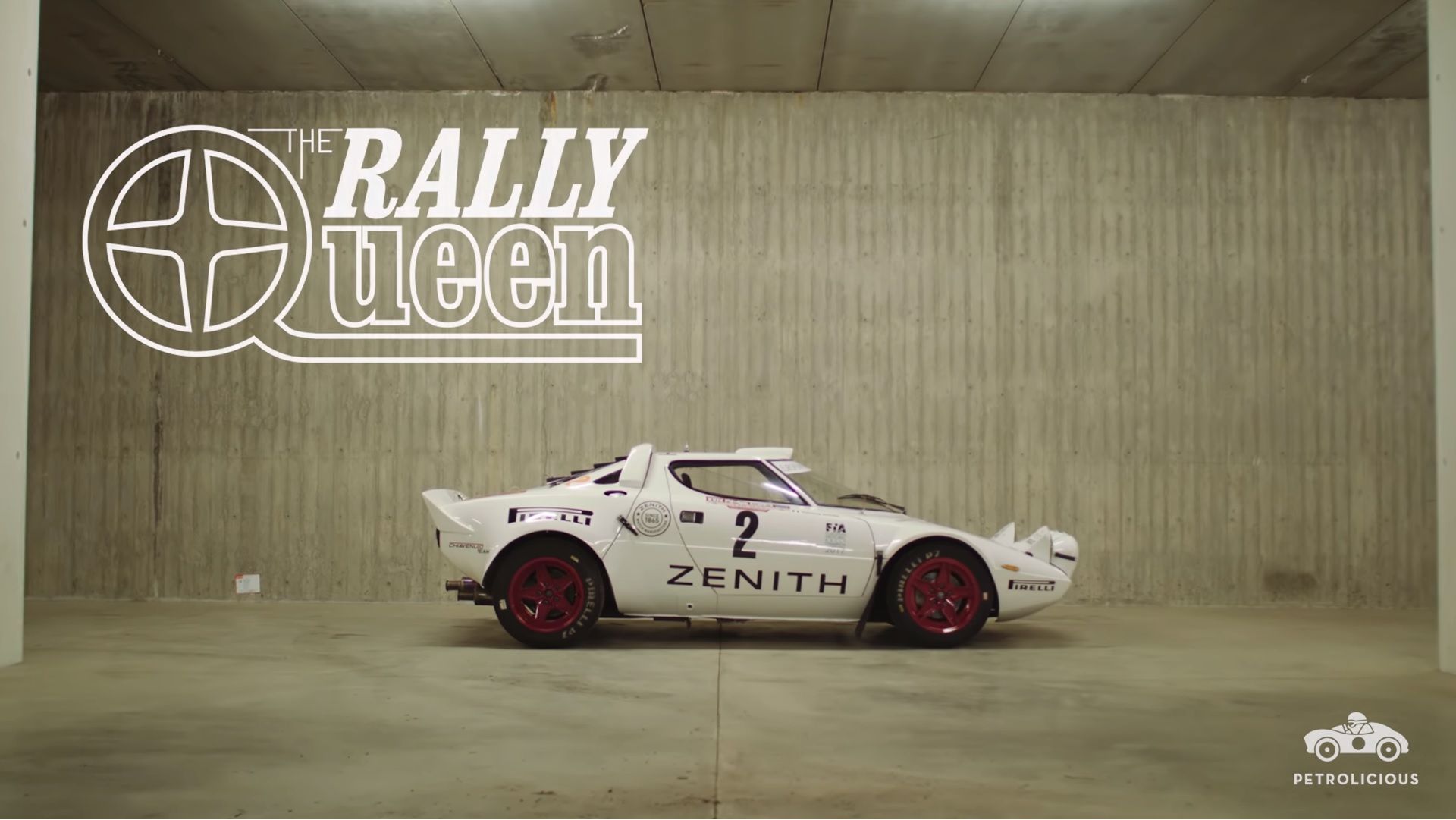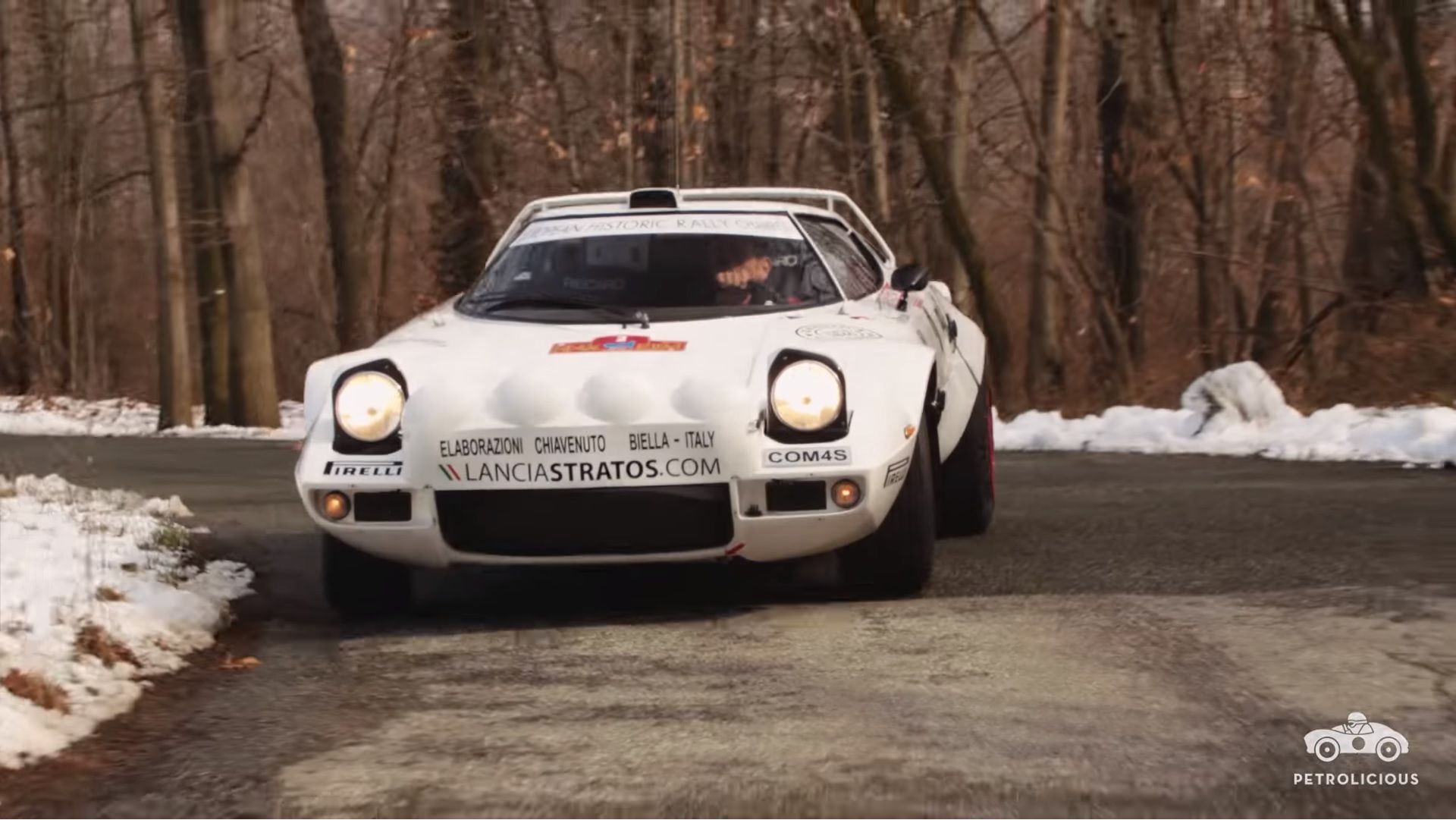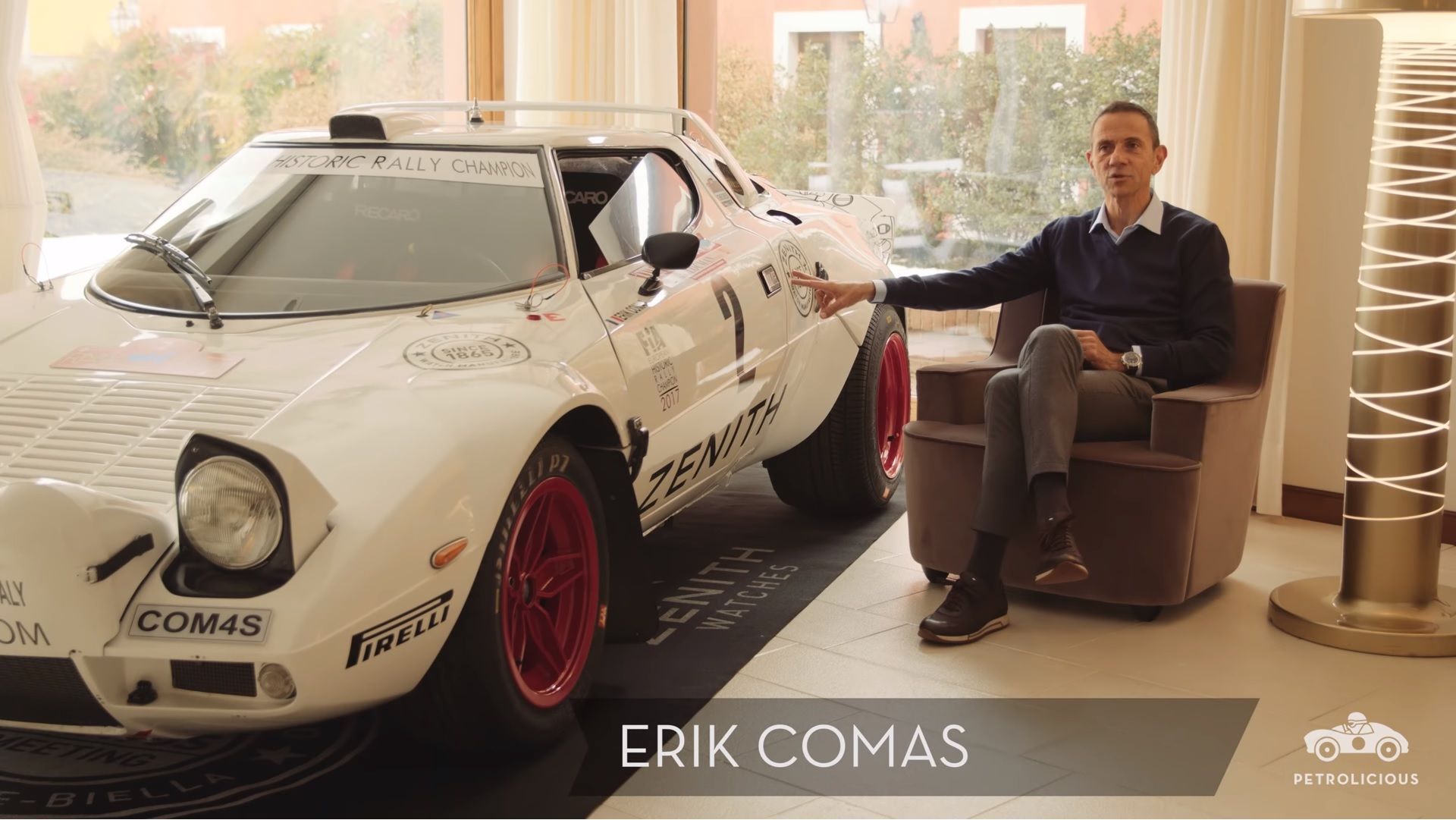The Lancia Stratos was the first car to be constructed from the ground up with the sole purpose of going rallying. As legendary as it is fast, the Stratos still races in historical rally events, and this particular one won the 2017 European Historic Rally Championship with former endurance and GT racer Erik Comas behind the wheel.
Comas, a former Le Mans podium-finisher with Pescarolo, has owned four Stratoses over the years, but this one is the one he calls "The Rally Queen." It was formerly owned by Lancia test driver Claudio Maglioli who worked on the development of the Stratos. Comas took it back to Biella, Italy, where the car was originally maintained to have it refreshed before he returned it to action in 2015. That year, he won the Italian Historic Rally Championship. No wonder he hails the handling characteristics as "perfect."
Why it matters
The Stratos is a worthy member of the automotive pantheon of legends. Its story is known by just about any car fanatic you run across, so there isn't much that hasn't been said or recorded about it. The car was a massive departure from the clever V-4-engined Fulvia and marked Lancia's clear intent to build a stout reputation in the rally world.
While the video displays the gorgeous Gr. 4 Stratos of Comas in its immaculate white paintwork tackling some twisty wet roads at speed, it's worth to take a moment and go over the record of this car, if for no other reason than to awe at its innumerable achievements.
The Stratos as we know it debuted in the first season of the World Rally Championship in 1974, which it duly won. It then won two more titles on the trot in 1975 and 1976 before Fiat's focus switched to a car of their own, the 131 Abarth.
Less than 500 Stratoses were ever put together, with 400 being the required number for the homologation of the Group 4-spec rally car. Enzo Ferrari agreed to ship a batch of 500 2.4-liter V-6 engines that used to power the Dino. The engine's power ranged from 275-horsepower for the 12-valve version to 320-horsepower for the 24-valve version.
The car was especially potent on tarmac rallies winning the Monte-Carlo Rally four times and the Tour De Corse five times. Besides the multiple accolades it gathered in the World Rally Championship - and in Rallycross where it won the first European Championship - the Stratos also raced on road courses and regularity-style events.
The latter were the ones best suited to the Stratos and, as such, it won the Tour De France Automobile a record five times and the Giro D'Italia three times. It also came close to winning the last Targa Florio event that was part of the World Championship for Makes.
Further reading
Read our full review on the 1974 Lancia Stratos.



